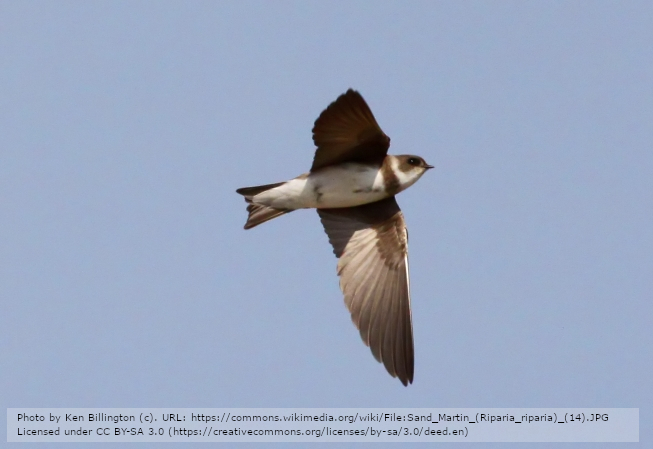Spillepengs backsvalor Riparia riparia – studier vid en nyskapad skånsk koloni
DOI:
https://doi.org/10.34080/os.v12.22839Nyckelord:
habitatval, val av boplats, antropogena effekter, predation, mellanartsinteraktionAbstract
In 2001, we followed the burrow excavation phase, measured the length of the burrows, and analysed the nest content of invertebrates after breeding at a Sand Martin Riparia riparia colony near Malmö. After a spontaneous establishment of 50 pairs in 1999, the site was artificially improved, and about 250 pairs bred in 2000. Further improvement was made in 2001 to avoid predation which resulted in about 300 breeding pairs. The main excavation phase was between 7 May (a late spring) and early June. The mean burrow length was 79.9 ±20.3 cm (202 burrows judged to have been completed). The longest burrows were 137, 138, and 138 cm, which are among the longest ever recorded. The nest material contained an abundance of mites and fleas (probably Ceratophyllus styx), and also other invertebrates, among them Acheta deestica in different stages of development. After breeding was completed several burrows were occupied by Apodemus mice which built their own nests with Chenopodium leaves. The only predation we saw was two swallows taken by a Hobby Falco subbuteo.
Nedladdningar

Downloads
Publicerad
Referera så här
Nummer
Sektion
Licens
Författaren/författarna innehar copyright för varje enskilt bidrag, men samtliga bidrag är publicerade under en Creative Commons-licens, så att vem som helst kan dela och återanvända bidraget förutsatt att copyright-innehavaren erkänns.







